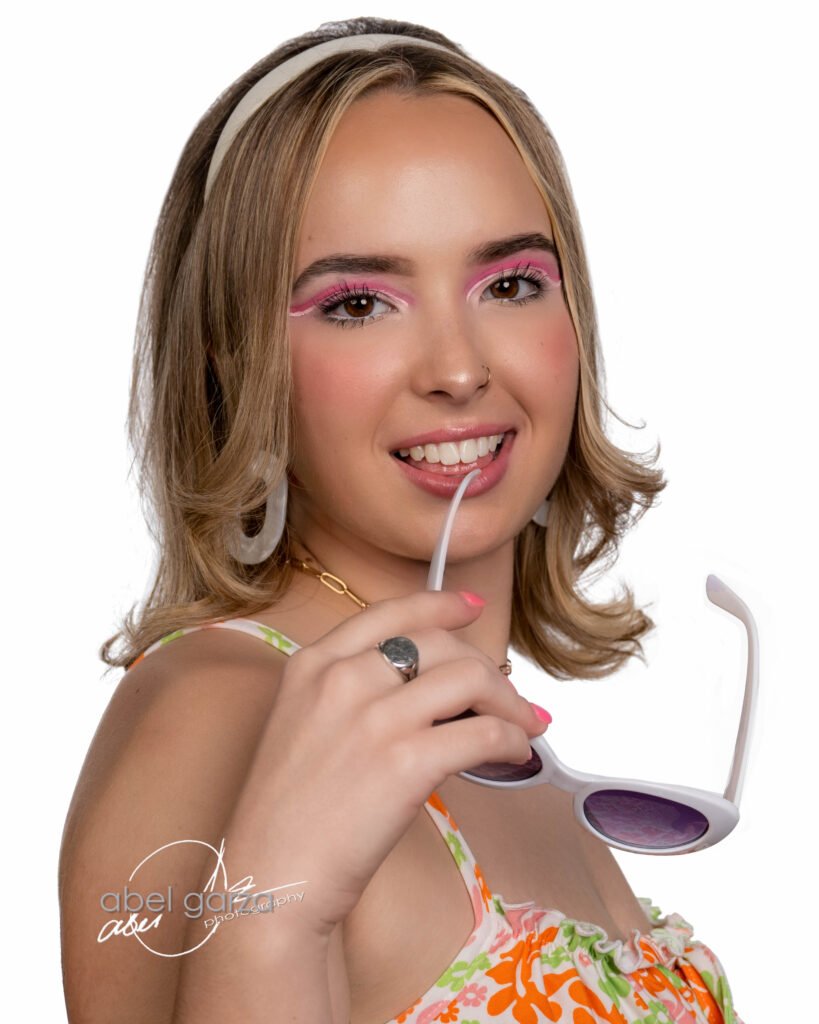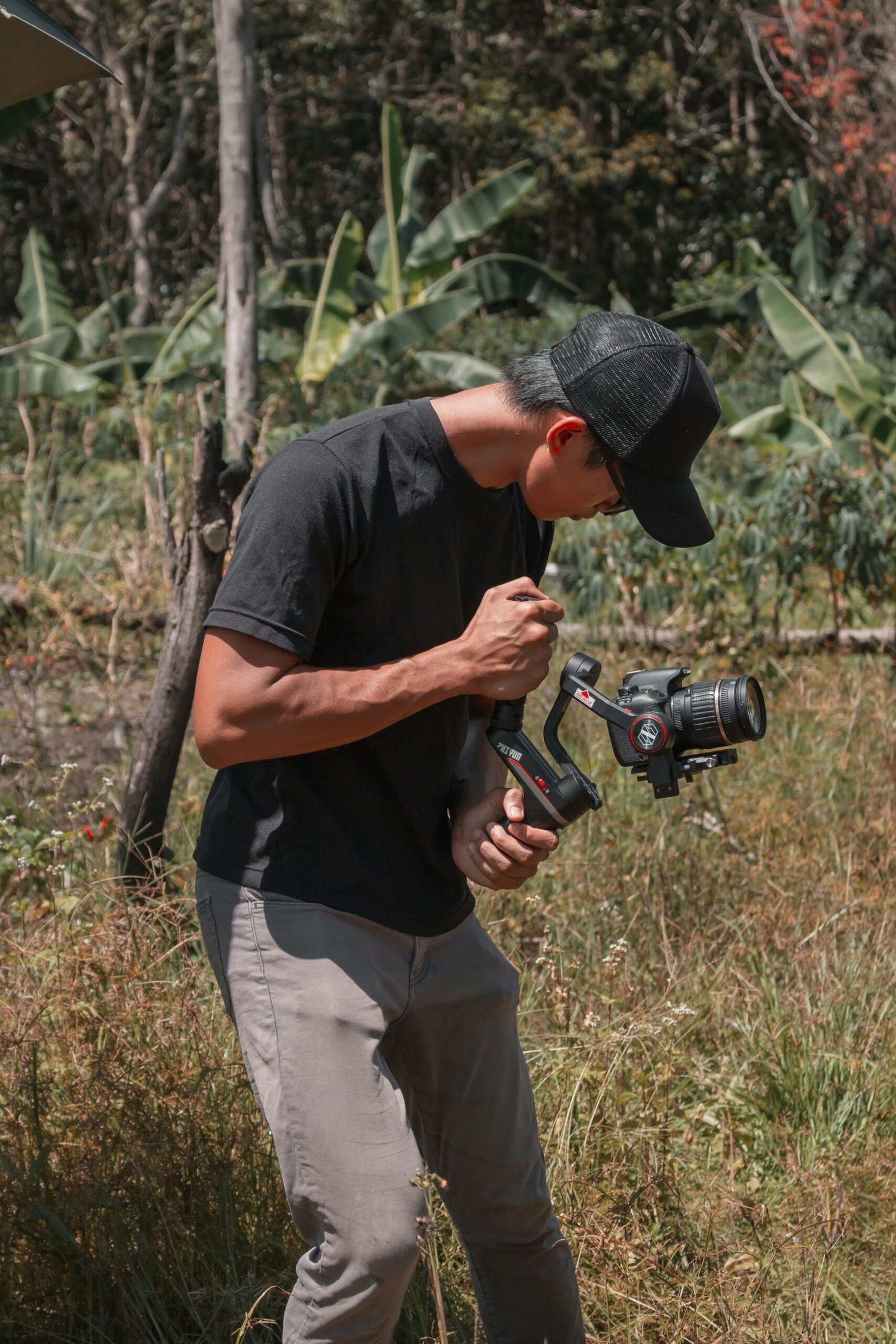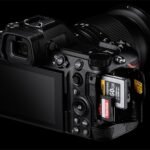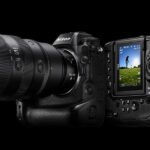Composition and Framing
When it comes to headshot photography, composition and framing play a crucial role in capturing a captivating image. The way you position and frame your subject can greatly impact the overall quality and appeal of the photograph. In this article, we will discuss some of the best composition techniques and how to effectively frame the subject in a headshot.
1. Rule of Thirds
The rule of thirds is a fundamental composition technique that can add balance and interest to your headshot. Imagine dividing your frame into a 3×3 grid, both horizontally and vertically. By placing your subject along the lines or at the intersection points, you create a visually appealing composition. This technique helps to draw the viewer’s attention to the subject’s eyes and facial expressions, making the headshot more engaging.

2. Leading Lines
Leading lines are another powerful composition technique that can guide the viewer’s eyes towards the subject. Incorporating elements such as a pathway, a fence, or even the subject’s body posture can create strong leading lines that direct attention to the face. Experiment with different angles and perspectives to find the most effective leading lines for your headshot.
3. Framing with Negative Space
Negative space refers to the empty areas surrounding the subject. By utilizing negative space, you can create a sense of balance and focus on the subject’s face. Experiment with different amounts of negative space to achieve the desired effect. Placing the subject off-center within the frame can also add visual interest and make the headshot more dynamic.
4. Depth and Layers
Adding depth and layers to your headshot can create a more visually appealing composition. This can be achieved by positioning the subject in front of a textured or patterned background, or by incorporating elements such as plants or furniture. These elements not only add visual interest but also provide context and enhance the overall storytelling of the headshot.
5. Eye Contact and Angles
The eyes are often considered the focal point of a headshot. Encourage your subject to make eye contact with the camera to establish a connection with the viewer. Experiment with different angles to find the most flattering perspective. Shooting from slightly above can help to define the jawline and minimize any potential double chin, while shooting from below can create a more dramatic and empowering effect.
6. Simplicity and Minimalism
In headshot photography, less is often more. Keeping the composition simple and minimalistic can help to emphasize the subject’s features and expressions. Avoid cluttered backgrounds or distracting elements that may take away from the main focus. Remember, the purpose of a headshot is to capture the essence of the individual, so simplicity can go a long way in achieving that goal.
By incorporating these composition techniques and framing strategies into your headshot photography, you can elevate the quality and impact of your images significantly. Composition plays a crucial role in drawing attention to the subject and conveying the desired message or emotion. Experimenting with different compositions, such as the rule of thirds, leading lines, and negative space, can add visual interest and depth to your headshots.
Framing your subject effectively is another essential aspect of creating compelling headshots. Consider the placement of the subject within the frame, ensuring there is enough space around them to breathe while avoiding excessive empty space. Pay attention to the background elements and how they interact with the subject, ensuring they complement rather than distract from the main focus.
Remember, practice makes perfect, so don’t be afraid to experiment with different composition techniques and framing strategies to find your own unique style. Take the time to study the work of other photographers and analyze what makes their headshots stand out. Incorporate elements that resonate with you into your own practice, but don’t hesitate to put your own spin on things.
Ultimately, the key to creating impactful headshots lies in understanding the fundamentals of composition and framing and then applying them creatively to your work. With dedication, patience, and a willingness to push boundaries, you can develop a signature style that sets your headshot photography apart. Happy shooting!




